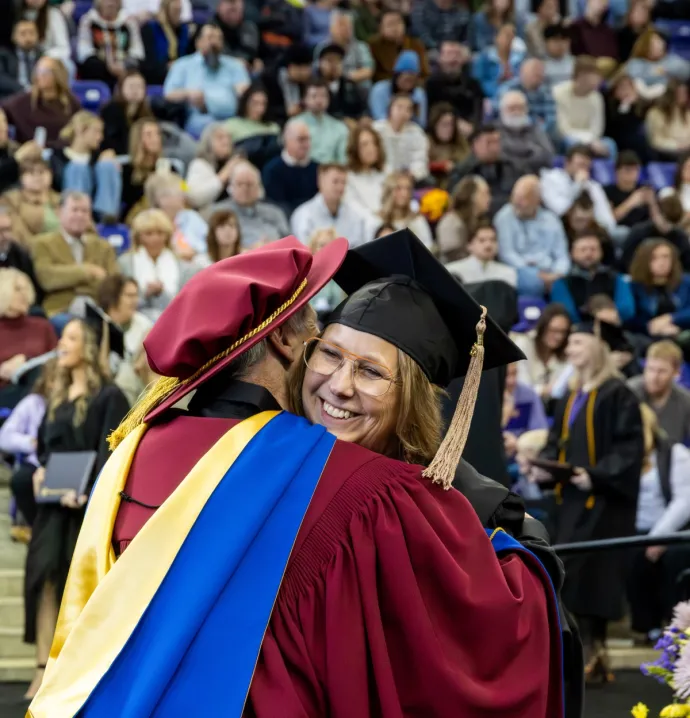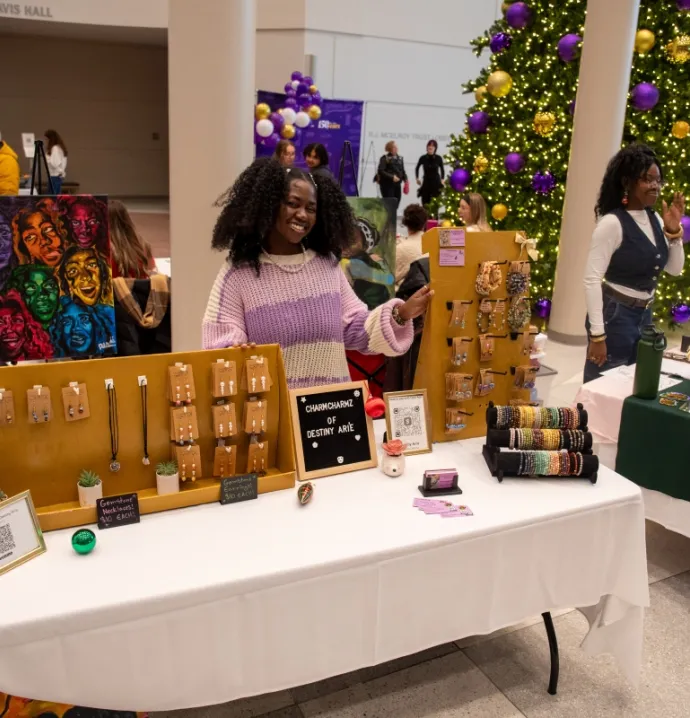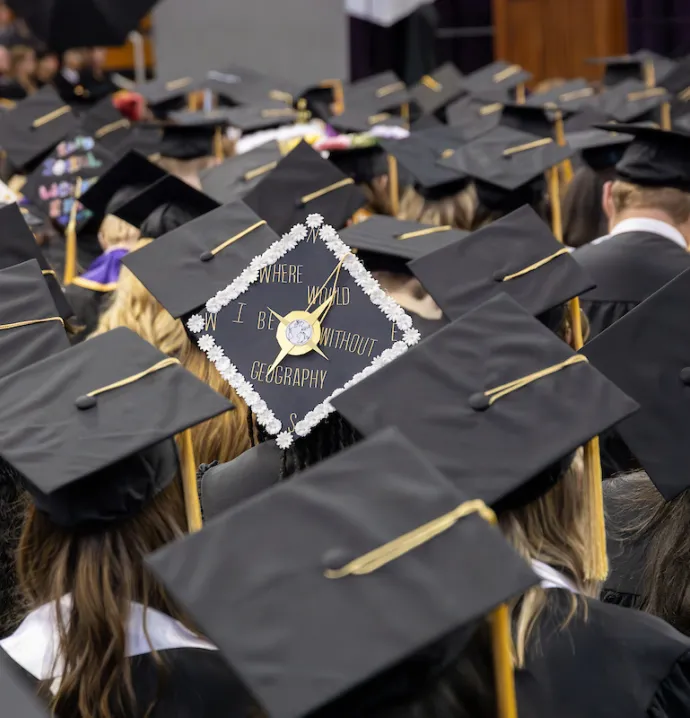The history behind Halloween costumes
The history behind Halloween costumes
The history of Halloween dates back thousands of years, though its exact origins are often debated. While this holiday has evolved, many people are surprised to hear that costumes have always been a part of the celebration. Though the types of costumes worn and the intentions have changed, Halloween has become a beloved part of cultures worldwide.
A Brief History of Halloween
Researchers are torn on the true origin of Halloween. While the word itself didn't appear until sometime in the 1700s, activities often associated with it date back thousands of years. Whether the holiday began as Pagan or Christian is up for debate, but today it has evolved and has become significantly more commercialized in many parts of the world.
One of Halloween’s most famous symbols, the jack-o-lantern, didn't even start as a pumpkin. Long before people were carving silly faces into these large orange gourds, the Celtics were carving faces into large turnips. They would then light these turnips with ash and embers, hoping the face was terrifying enough to ward off any evil spirits that might come along in the night. It wasn't until sometime in the 1900s that pumpkins took over as the pseudo-official vessel for spooky jack-o-lanterns.
The History of Halloween Costumes
The exact reason for Halloween costumes is widely debated, depending on which origin theory you agree with. Some feel that Halloween costumes were first part of a Pagan or Celtic festival and were designed to help protect a person's identity from the dead or from evil spirits. Others believe that the costumes were originally started as a way to highlight and honor the various saints of Christianity. Whatever the original reason may be, Halloween costumes have come a long way.
Before the 1900s, no store-bought costumes existed. Instead, those who participated in the holiday would use items and clothing they already had at home to create their own costumes. Typically, these costumes were relatively basic, such as a ghost or a witch. Sometime in the early half of the 1900s, manufactured costumes came into play, and Halloween’s popularity began to surge. The first costumes were manufactured from paper. For example, paper masks would be dyed bright orange and feature a jack-o-lantern face printed onto them.
By the time the 1950s rolled around, more complex costumes had begun to pop up in shops; but these were still considered luxury items. Those who could afford it could spend their money on character themed masks and outfits, such as the famous Mickey Mouse. The trend continued throughout the rest of the 1900s, with TV and movie characters quickly gaining in popularity.
Halloween costumes from the 50's
Halloween has evolved through the centuries to become a beloved tradition in many cultures. Today, more costumes are available than ever before, with options ranging from the classics to more on-trend looks, such as the inflatable dinosaur. People of all ages now take part in dressing up and enjoying the holiday as they see fit.




